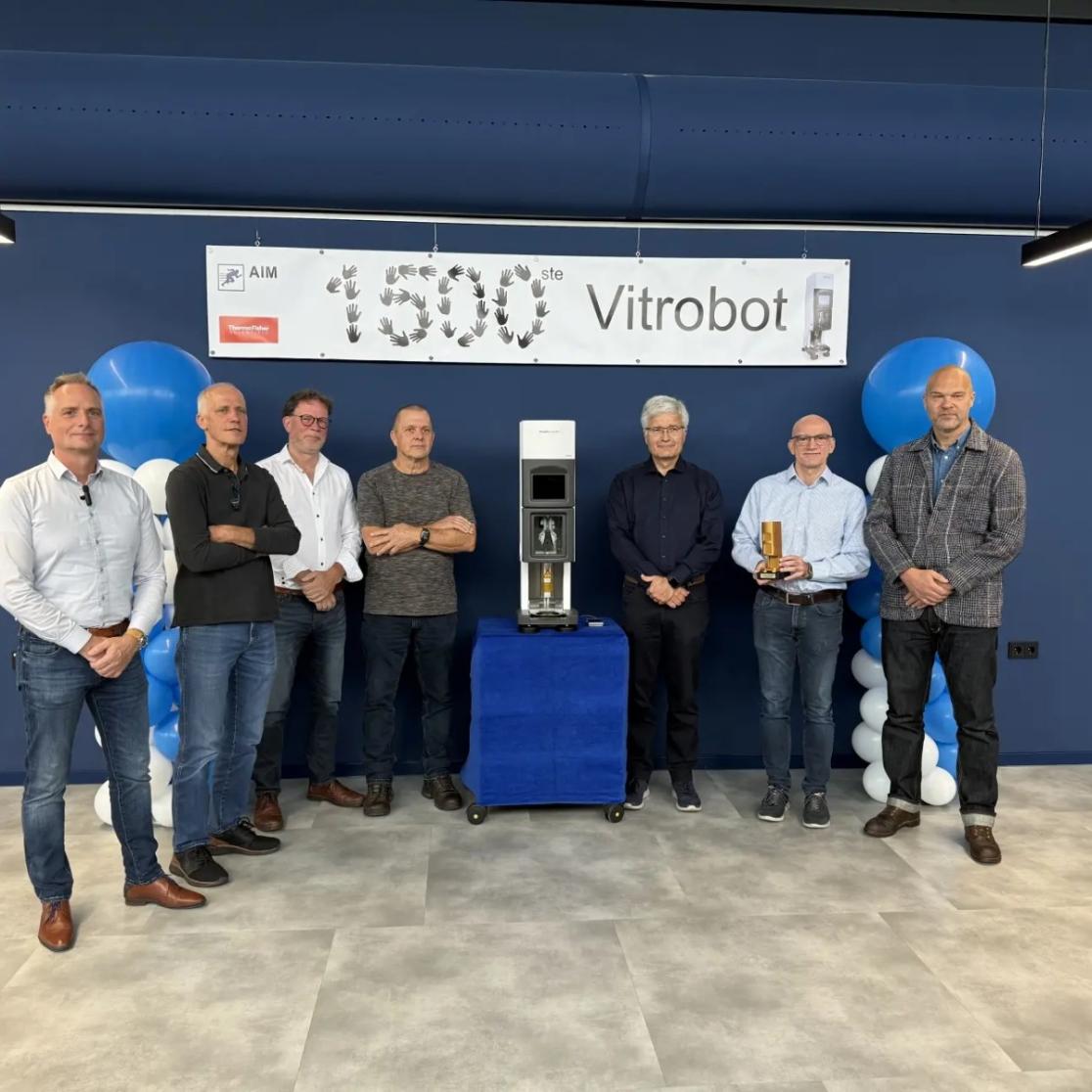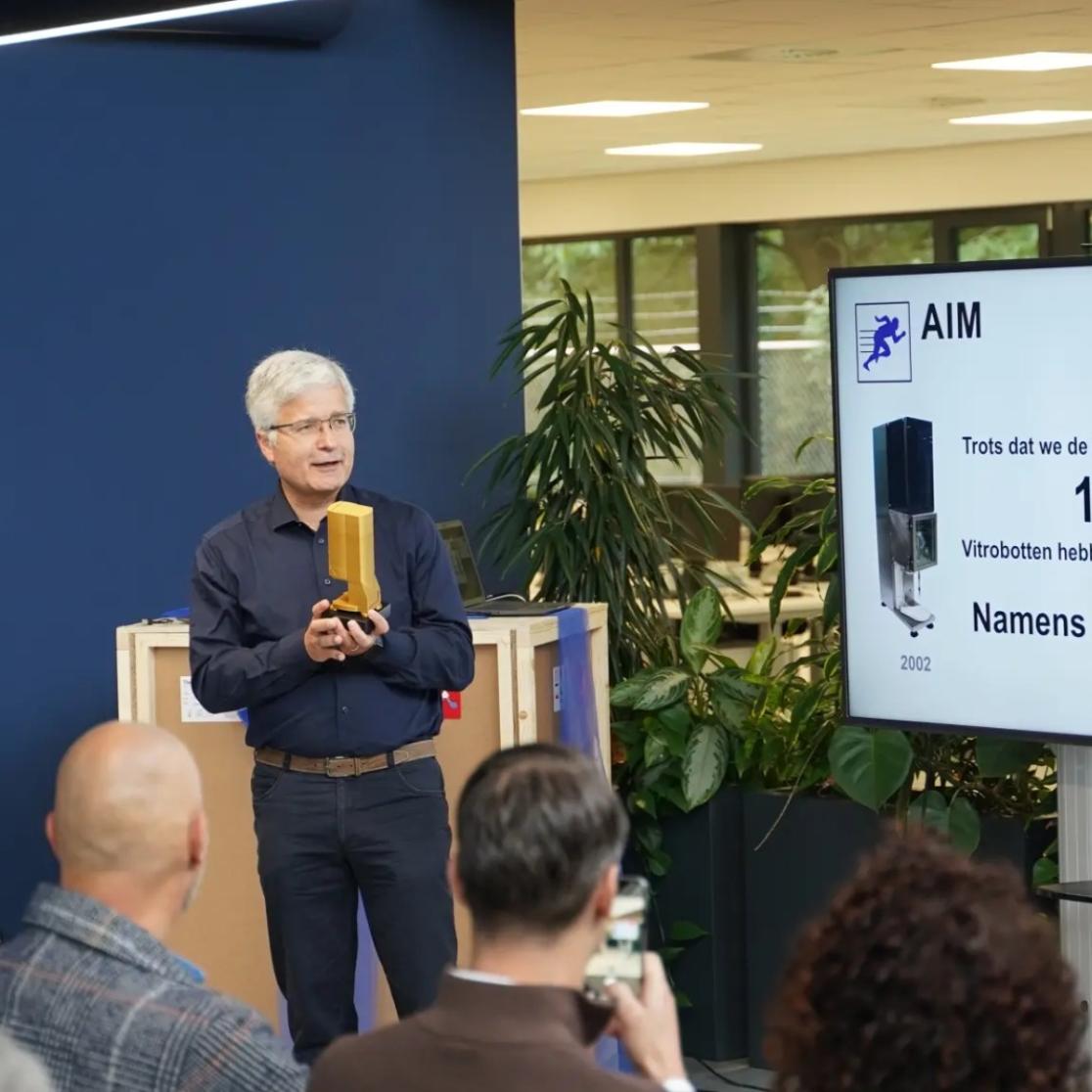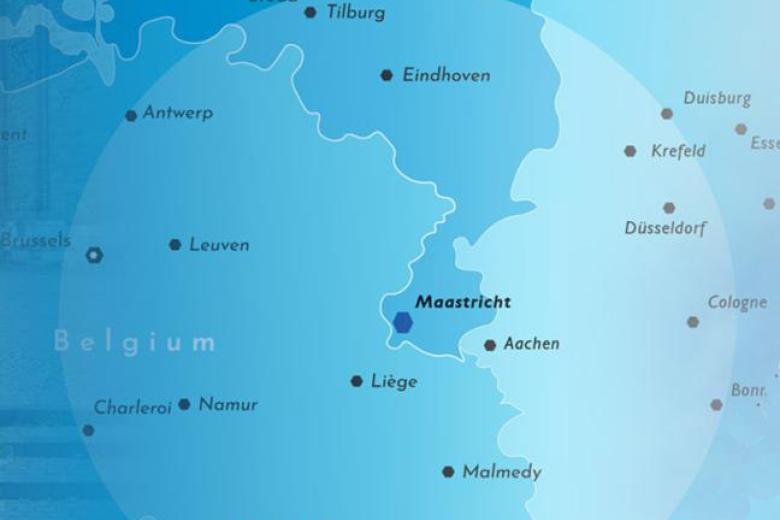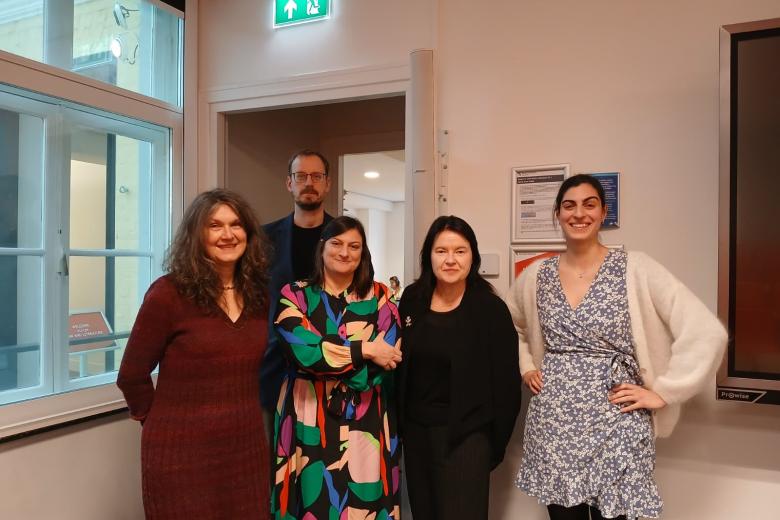Ice cold and crystal clear: Maastricht invention conquers the world
Hooray! The 1,500th Vitrobot was recently built. This remarkable device helps scientists to better understand diseases such as Alzheimer's and COVID-19. The Vitrobot is now used in hundreds of laboratories worldwide, but its roots lie right here – at Brightlands Maastricht Health Campus.
From Handicraft to High Tech
Scientists want to see exactly what proteins, cells, and viruses look like. They do this using a special microscope called a cryo-EM. To do this, they first have to freeze their samples. Until the mid-1990s, this was done by hand: a time-consuming and difficult process, often with varying results. There had to be a better way.
In 1996, two Maastricht researchers, Peter Frederik and Paul Bomans, both working at the UM Faculty of Health, Medicine and Life Sciences, together with engineer Paul Laeven, developed a smart alternative: the P3, the predecessor of the Vitrobot. The device freezes biological specimens under a wafer-thin layer of glass ice. This keeps them stable and allows razor-sharp images to be made.
A golden opportunity
Maastricht Instruments (MI) stepped in to further develop the invention. Because MI did not have the capacity for serial production itself, AIM B.V. in Brunssum was called in. Together, they further developed the Vitrobot and put it into production. The devices quickly found their way to universities and research centers around the world. This success also attracted the attention of Thermo Fisher Scientific, which acquired the exclusive rights to market the Vitrobot worldwide in 2002.
History of the Vitrobot
1996: First prototype (P3) developed at Maastricht UMC+
2000: First sale of Vitrobot by Maastricht Instruments
2002: Exclusive license with Thermo Fisher Scientific and collaboration with AIM B.V.
2007: 100th Vitrobot in production
2020: Deployment during the coronavirus pandemic
2025: 1,500th Vitrobot produced in Brunssum

Further development in Brunssum
The first editions of the Vitrobot still worked with compressed air, which made a lot of noise in the lab at the time. Over the years, MI and AIM developed a new model: quieter and with a rounder, friendlier design. Yet many researchers are still attached to their older edition, says Emile Arnoldussen of AIM.
The latest Vitrobot is assembled here in 28 hours by three technicians. More than half of the fifty employees at AIM are involved in the device in one way or another: from purchasing to assembly and from service to repairs.
Worldwide Impact
The Vitrobot also made a name for itself worldwide. A specimen frozen using the device even made the cover of the leading journal Nature. This attracted the attention of Thermo Fisher Scientific, which has since been closely involved in its further development and global distribution.
During the coronavirus pandemic, the Vitrobot played a key role in unraveling the virus. It has also accelerated research into the origins of Alzheimer's disease. What used to take twenty years can now be achieved in a few months: thanks to the Vitrobot, vaccines are being developed faster and diseases are better understood.
From local idea to global standard
What once began as a clever idea from three researchers has grown to become the standard in laboratories around the world. At the same time, the Vitrobot remains firmly rooted in Limburg. Its success shows what can happen when researchers and companies on campus and in the region decide to work together. It is perhaps the best proof that great innovations often start small and close to home.
Source: Brightlands Newsletter

Facts & figures
- Found in more than 350 labs worldwide
- More than 100 devices produced annually
- 28 hours of construction time per device, by a team of three technicians
- AIM employs 50 people, more than half of whom are involved with the Vitrobot
Also read
-
DigiMach places Meuse-Rhine Euroregion at the heart of industrial digitalisation
DigiMach (Digital Machining) is a new cross-border project uniting Belgium, Germany, and the Netherlands around a common goal: accelerating the digitalisation of the machining industry in the Meuse-Rhine Euroregion.
-
Globalisation & Law Network seminar with Áine Ryall
On 24 November 2025, the Globalisation & Law Network, together with the Institute for Globalisation and International Regulation (IGIR) held the seminar with Professor Áine Ryall.
-
Guest Lecture: Lóránt Havas explores current challenges in the EU’s CFSP
Lóránt Havas delivered a guest lecture on the EU’s evolving CFSP, discussing key legal developments, institutional challenges, and new defence instruments.